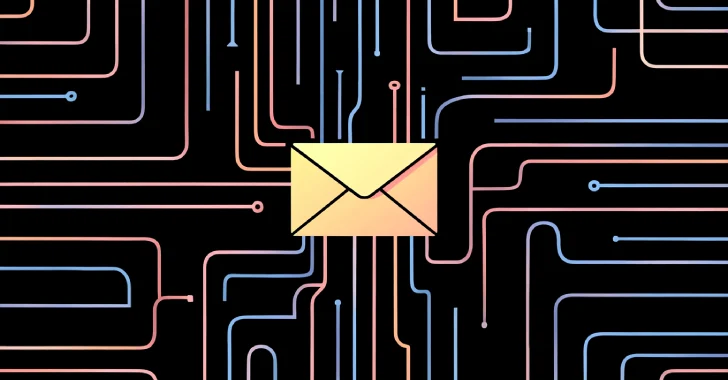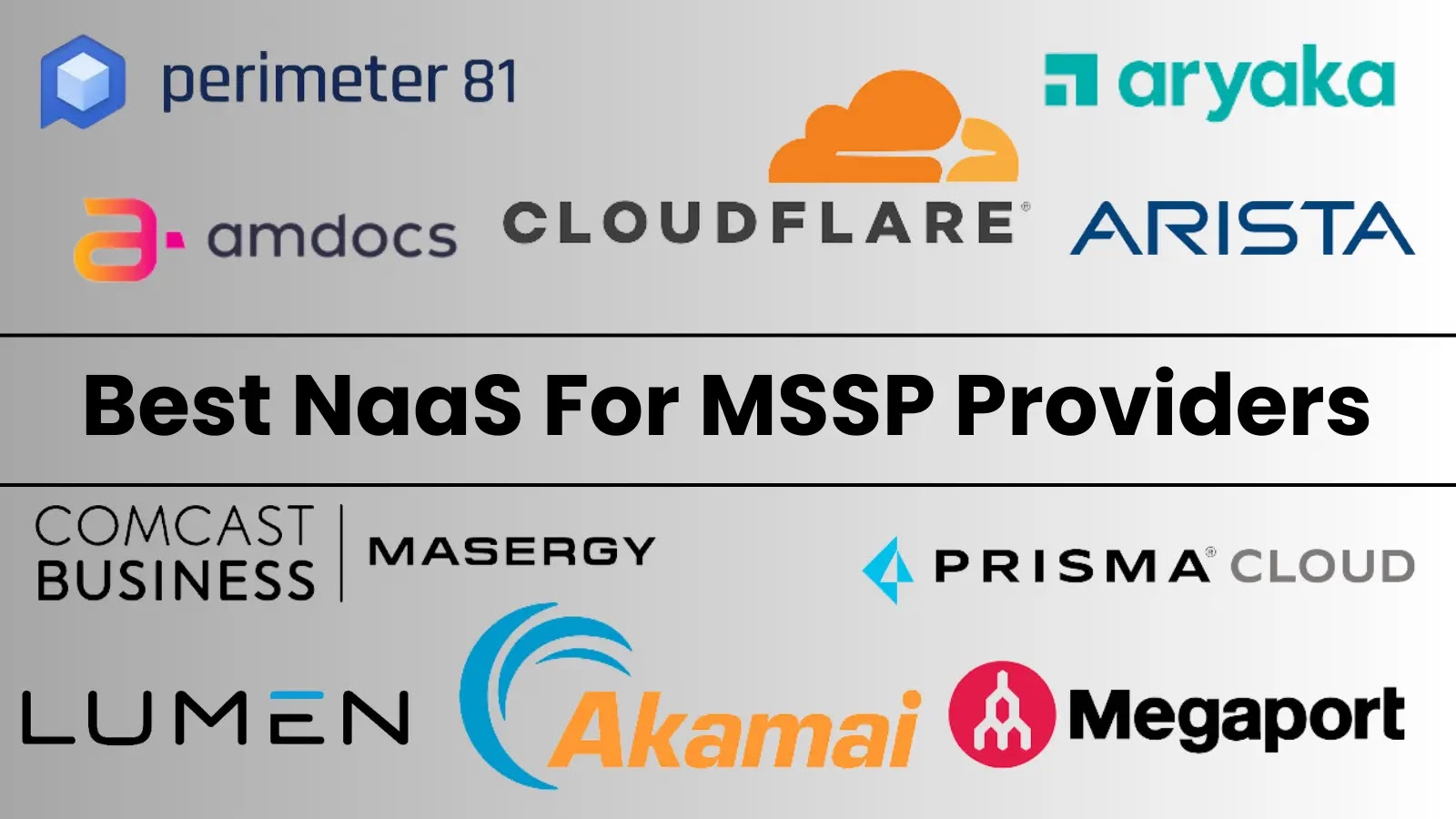Recent cybersecurity analyses have unveiled sophisticated malware campaigns that employ advanced evasion techniques and social engineering tactics to compromise systems and exfiltrate sensitive data.
MostereRAT: A Stealthy Threat
One such campaign involves MostereRAT, a banking malware that has evolved into a remote access trojan (RAT). This malware utilizes several advanced methods to infiltrate and control targeted systems:
– Development in Easy Programming Language (EPL): MostereRAT is crafted using EPL, a visual programming language that supports multiple languages, including Chinese, English, and Japanese. This choice aids in concealing malicious operations and complicates analysis.
– Disabling Security Tools: The malware can deactivate Windows security mechanisms and obstruct network traffic associated with specific security programs, thereby evading detection.
– Secure Command-and-Control (C2) Communications: It employs mutual TLS (mTLS) to encrypt communications between the infected system and the C2 server, enhancing stealth.
– Deployment of Additional Payloads: MostereRAT can install popular remote access tools like AnyDesk, TigerVNC, and TightVNC, expanding its control over compromised systems.
The infection process typically begins with phishing emails targeting Japanese users. These emails contain links to malicious sites that prompt the download of a booby-trapped Microsoft Word document. This document embeds a ZIP archive containing an executable that, when run, initiates the MostereRAT infection.
Once active, MostereRAT can perform various malicious activities, including:
– Disabling Windows Security Features: It can turn off security mechanisms to avoid detection.
– Blocking Security Program Communications: By obstructing network traffic associated with certain security tools, it prevents alerts and telemetry from being transmitted.
– Elevated Privileges: Running as TrustedInstaller, a built-in Windows system account with elevated permissions, allows it to interfere with critical processes and modify system settings.
– Monitoring User Activity: The malware can monitor foreground window activity, log keystrokes, capture screenshots, and process commands from the C2 server.
These capabilities enable MostereRAT to collect host details, execute various file types, load shellcode, manage files, inject executables into system processes, enumerate users, facilitate remote desktop logins, and even create hidden administrative users.
ClickFix: A Deceptive Social Engineering Tactic
Another concerning development is the rise of the ClickFix technique, a social engineering method that deceives users into compromising their systems under the guise of resolving non-existent issues or completing CAPTCHA verifications. This tactic has been observed in multiple campaigns:
– Fake CAPTCHA Pages: Users are directed to counterfeit CAPTCHA verification pages that prompt them to copy and execute malicious commands, leading to the installation of malware such as information stealers and remote access trojans.
– Exploitation of Trusted Platforms: Attackers have utilized platforms like TikTok to distribute malware. In these instances, videos instruct users to run commands to activate software or unlock features, which actually result in system compromise.
– Abuse of Trusted Domains: Some campaigns leverage trusted domains, such as Google Scripts, to host fake CAPTCHA flows, exploiting the inherent trust users place in these domains to deliver malicious payloads.
The effectiveness of ClickFix lies in its ability to exploit user trust and routine behaviors, making it a potent tool for cybercriminals.
Mitigation Strategies
To defend against these sophisticated threats, users and organizations should adopt comprehensive security measures:
– User Education: Regular training on recognizing phishing attempts and social engineering tactics can reduce the likelihood of successful attacks.
– Email Filtering: Implementing robust email filtering solutions can help detect and block phishing emails before they reach users.
– Endpoint Protection: Deploying advanced endpoint protection solutions can detect and prevent the execution of malicious payloads.
– Regular Software Updates: Keeping operating systems and software up to date ensures that known vulnerabilities are patched, reducing the attack surface.
– Network Monitoring: Continuous monitoring of network traffic can help identify and respond to suspicious activities promptly.
By staying informed about emerging threats and implementing proactive security measures, individuals and organizations can enhance their resilience against these evolving cyber threats.



